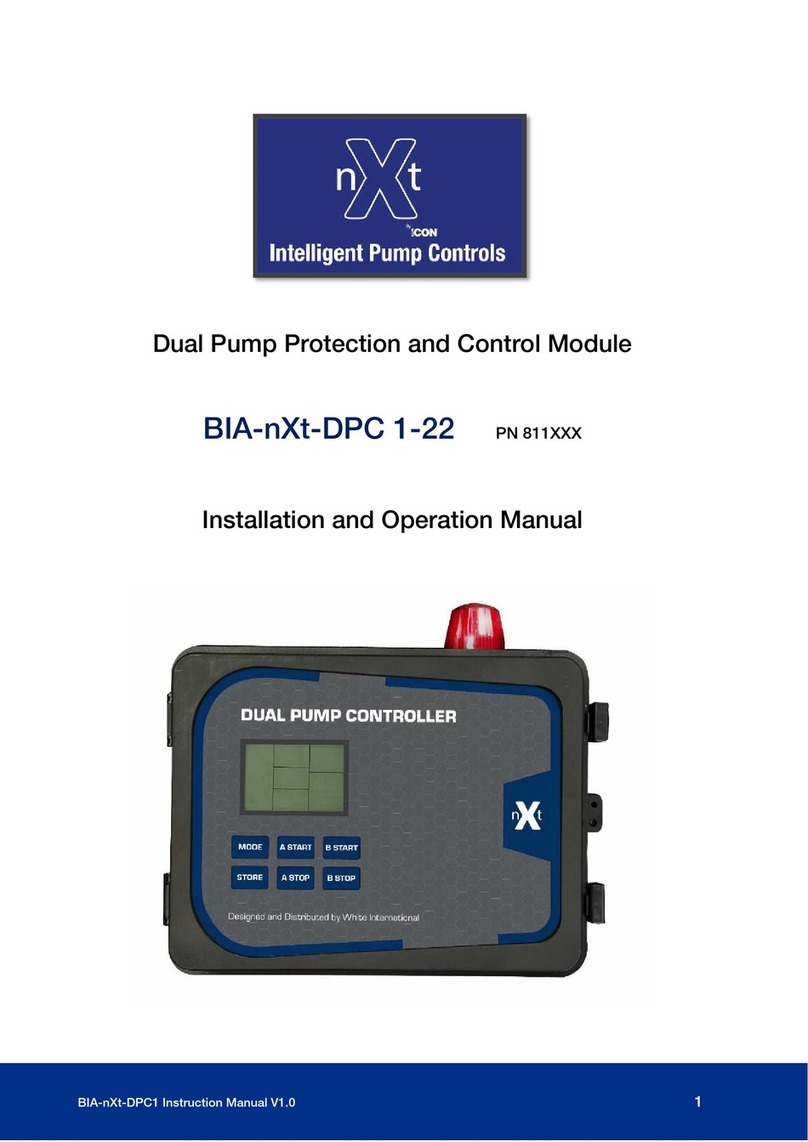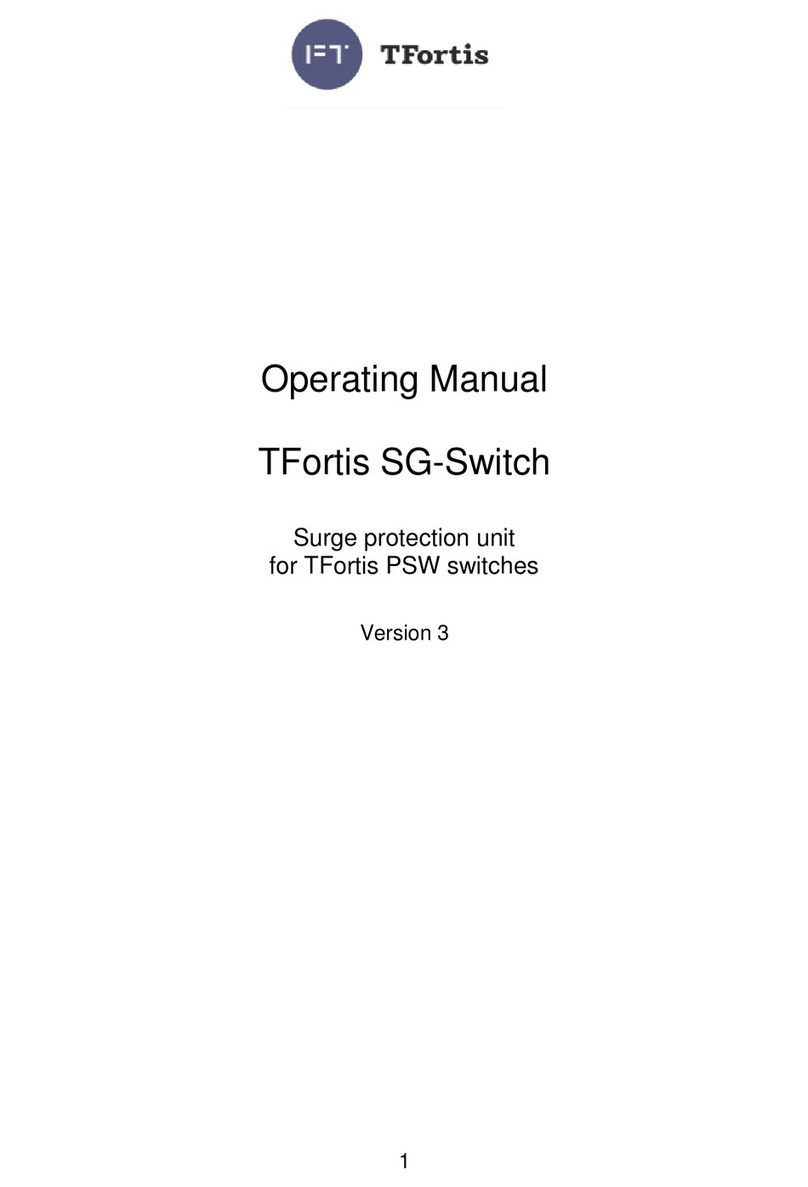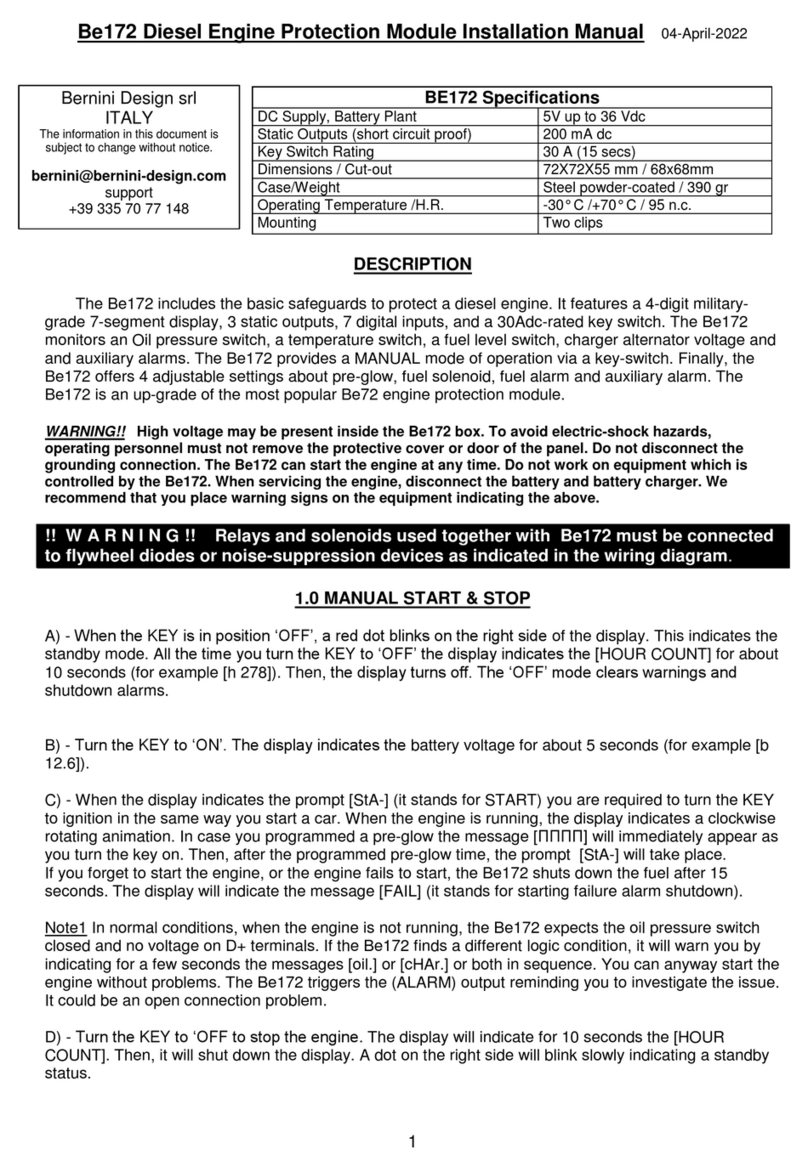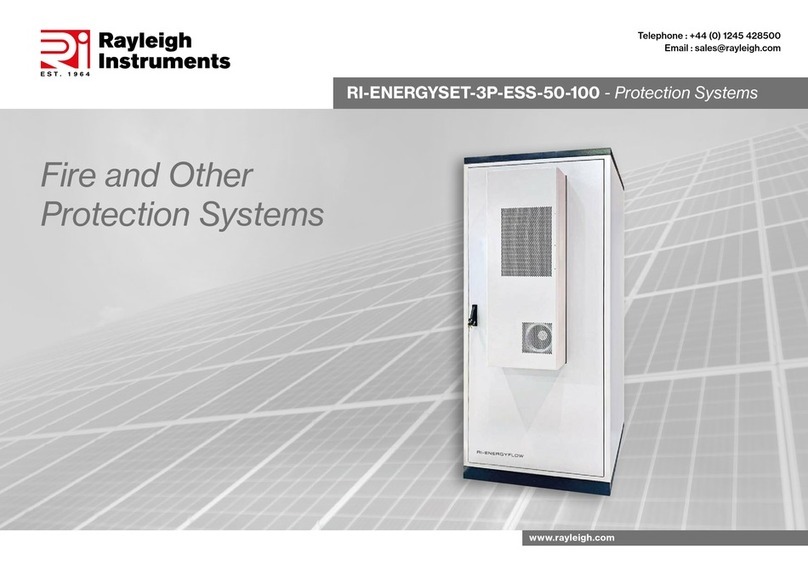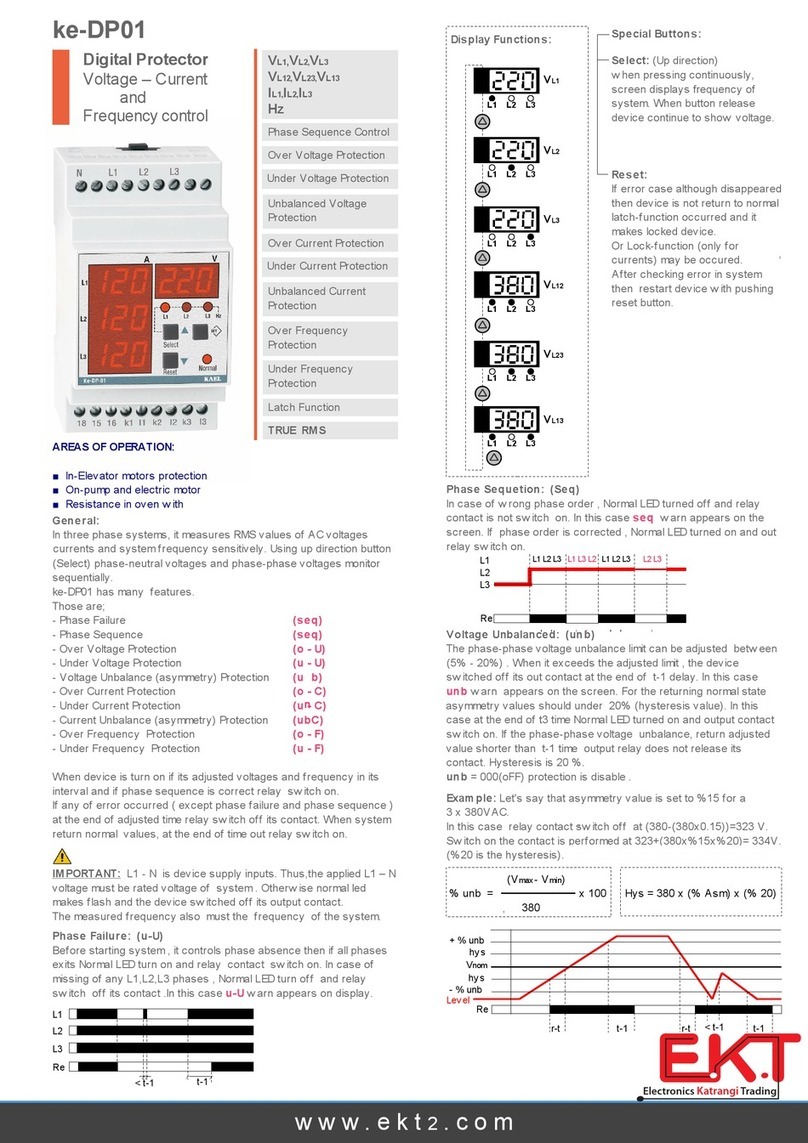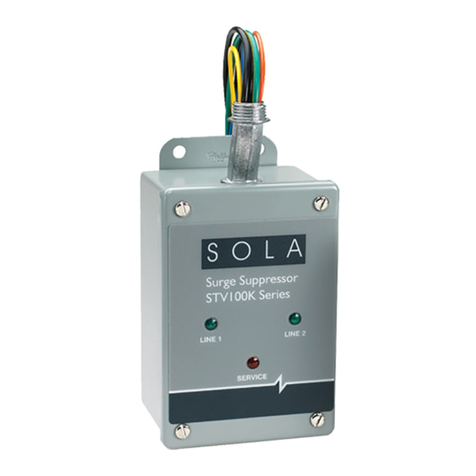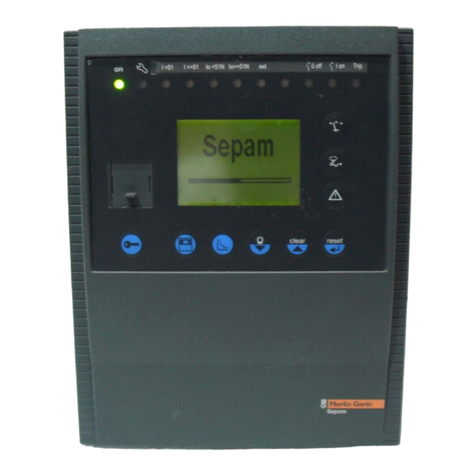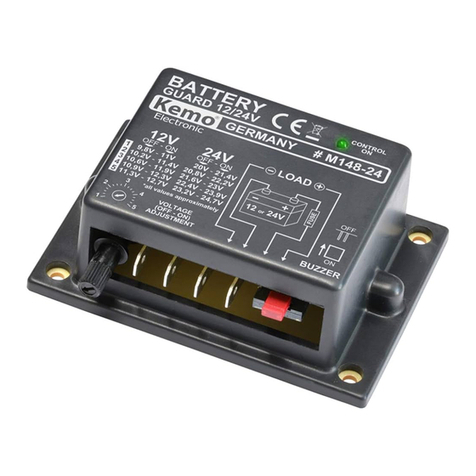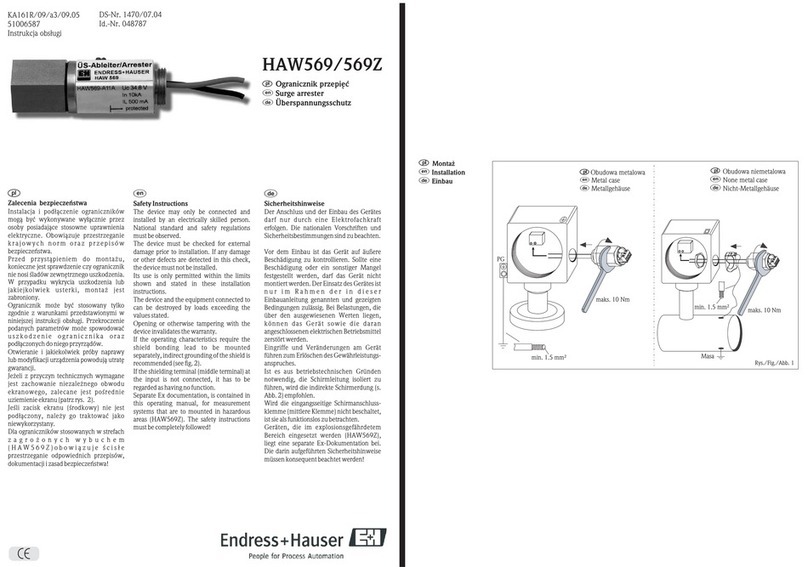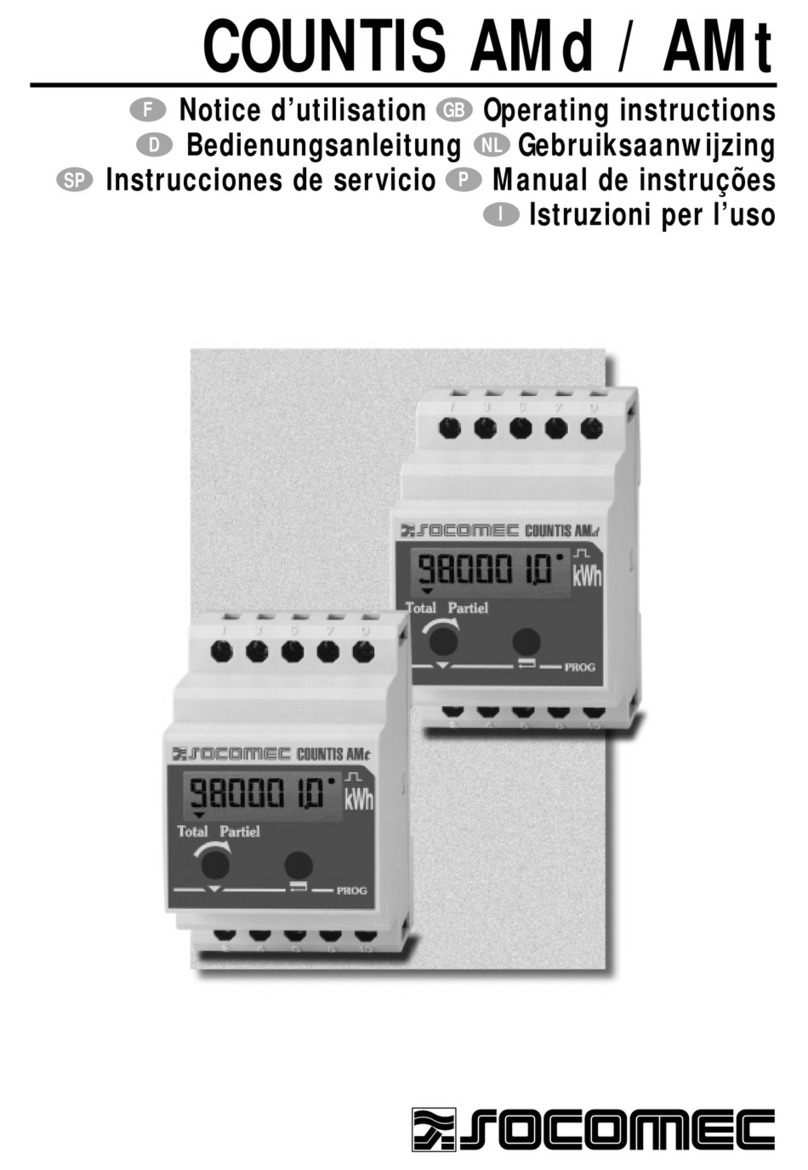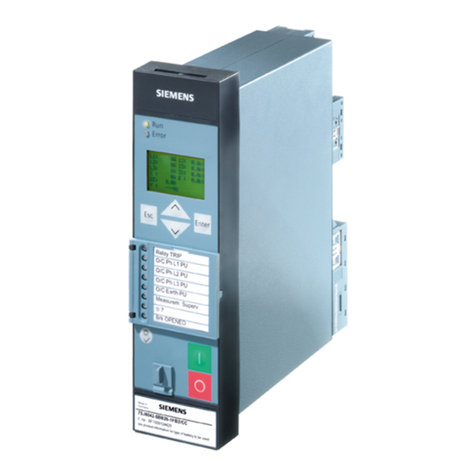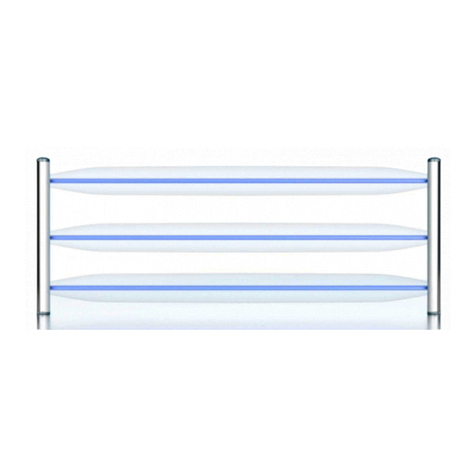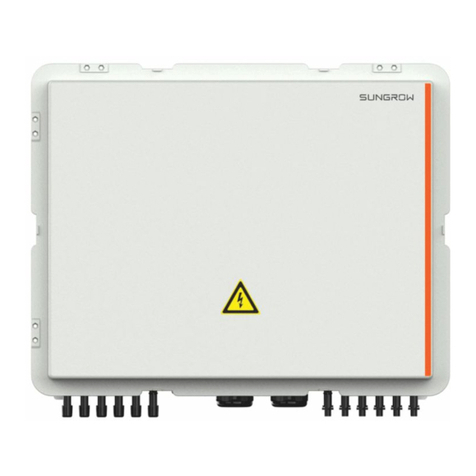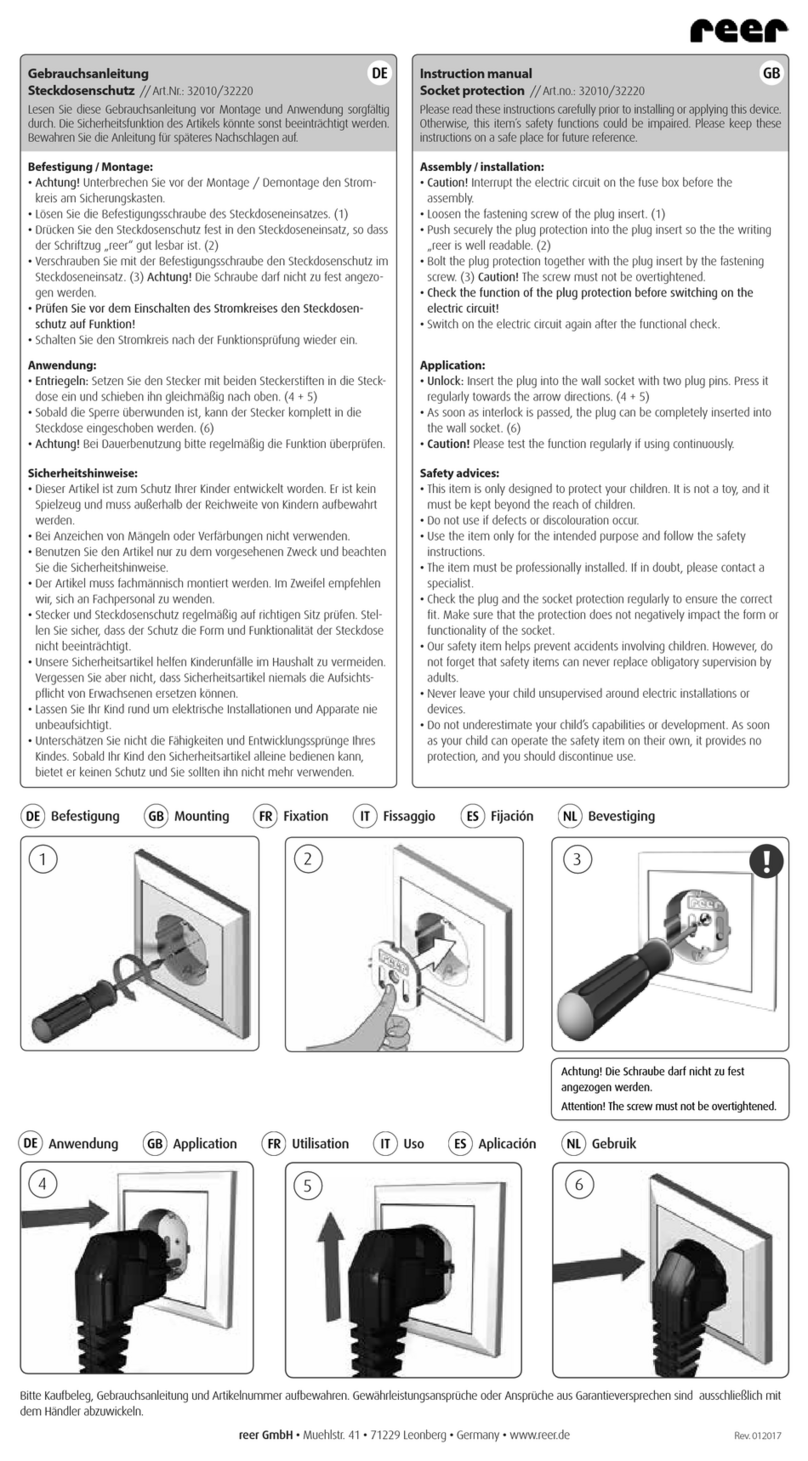
IU_MAP_MANUAL_01i01_ENG 3 /20
1. Introduction................................................................................................................................. 4
1.1. Symbols ....................................................................................................................................... 4
2. General Information.................................................................................................................... 5
2.1. Designated use ............................................................................................................................ 5
2.2. Features....................................................................................................................................... 6
2.3. Front panel .................................................................................................................................. 7
2.4. Signal diodes................................................................................................................................ 7
3. Operation manual ....................................................................................................................... 8
3.1. Operation description ................................................................................................................. 8
3.2. Application examples .................................................................................................................. 9
3.2.1. Circuit-breaker bay ...................................................................................................................... 9
3.2.2. Arc protection with additional criteria ...................................................................................... 10
3.2.3. Cascade connection................................................................................................................... 10
3.3. Diagnostic.................................................................................................................................. 11
3.3.1. DOC –Device Operation Check ................................................................................................. 11
4. Functional tests ......................................................................................................................... 12
4.1. EC directives and harmonized standards .................................................................................. 12
4.2. Electromagnetic compatibility .................................................................................................. 12
4.2.1. Immunity ................................................................................................................................... 12
4.3. Product safety requirements .................................................................................................... 14
4.4. Climatic environmental tests..................................................................................................... 14
4.5. Mechanical tests........................................................................................................................ 14
4.6. Degree of protection ................................................................................................................. 14
4.7. Installation requirements .......................................................................................................... 14
5. Technical parameters ................................................................................................................ 15
5.1. Input circuits.............................................................................................................................. 15
5.1.1. Arc detection optic inputs ......................................................................................................... 15
5.1.2. Binary inputs ............................................................................................................................. 15
5.2. Output circuits........................................................................................................................... 15
5.2.1. Fiber outputs ............................................................................................................................. 15
5.2.2. Binary outputs ........................................................................................................................... 16
5.3. Power supply............................................................................................................................. 16
5.4. Connectors ................................................................................................................................ 16
5.5. Mass and dimensions ................................................................................................................ 16
5.6. Time parameters ....................................................................................................................... 16
6. Description of connection sockets ............................................................................................ 17
7. Connection diagram .................................................................................................................. 17
8. Case sizes................................................................................................................................... 18
9. Remarks of manufacturer ......................................................................................................... 19
9.1. Maintenance, inspections, repairs ............................................................................................ 19
9.2. Storage and transport ............................................................................................................... 19
9.3. Place of installation ................................................................................................................... 19
9.4. Disposal ..................................................................................................................................... 19
9.5. Guarantee.................................................................................................................................. 19
10. Order specification .................................................................................................................... 20
11. Contact ...................................................................................................................................... 20
